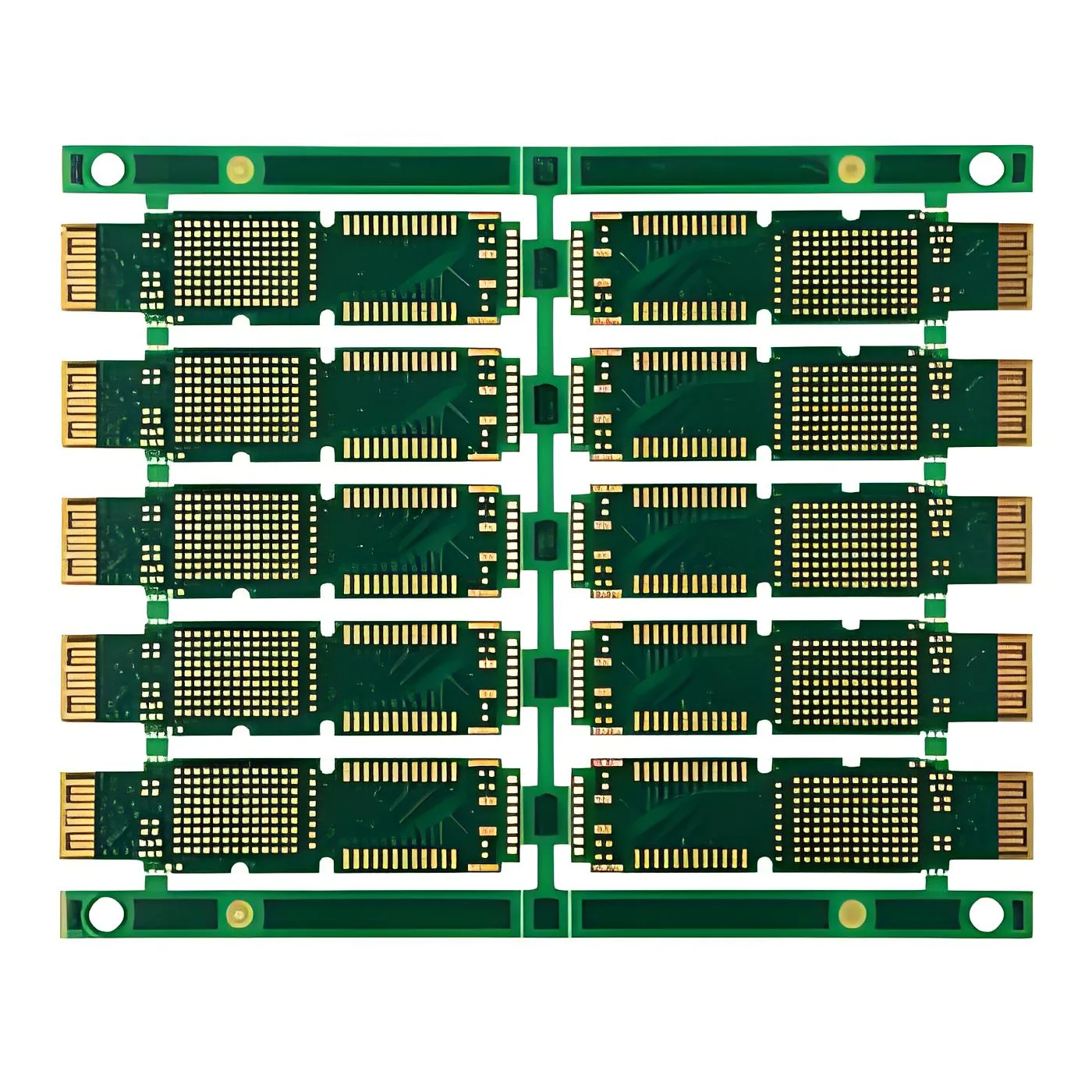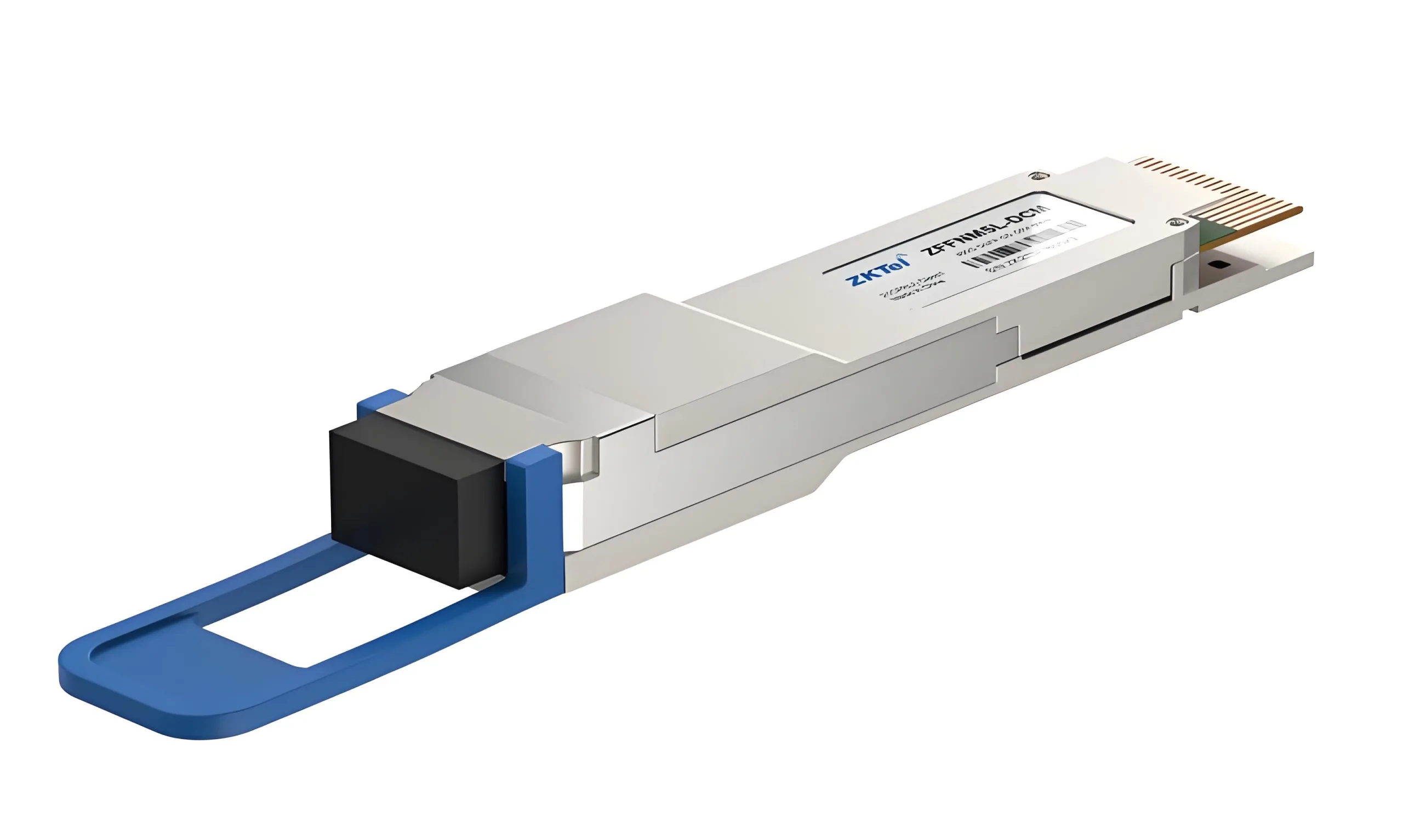Photonic modules play a pivotal role in high-speed communications due to their photoelectric signal conversion. The design of the PCB mainboard for photonic modules must meet special requirements such as high-speed transmission, disiparea căldurii, Ansamblu PCBA, and hot-plugging, setting it apart from ordinary PCBs.
The PCB of photonic modules is a key component for achieving photoelectric conversion, playing a crucial role in communication systems. It can convert electrical signals into optical signals or vice versa, ensuring efficient and long-distance data transmission through fiber optics.

Optical Module PCB
When designing the PCB for photonic modules, factors like signal integrity, thermal management, and electromagnetic compatibility must be fully considered to ensure stable and reliable operation in high-speed, high-density data transmission environments.
Classification of PCBs for Optical Modules Below 400G
Photonic module products are diverse, classified by packaging forms into types like SFP, SFP+, QSFP+, etc., to meet application needs in different scenarios:
01 SFP Photonic Module
– Compact size: Small size for easy deployment and replacement.
– High speed: Supports multiple transmission rates, such as 1Gbps, 2Gbps, 4Gbps, with some high-end models reaching up to 4.25Gbps.
– Hot-swappable: Can be plugged and unplugged during device operation, facilitating network maintenance and upgrades.
– Flexibility: Supports various fiber types, adapting to different transmission distances and cost requirements.
02 SFP+ Photonic Module
– High speed: Supports data transmission rates up to 10Gbps, meeting high-speed network demands.
– Compatibility: Compatible with SFP modules for interchangeable use.
– Low power consumption: Benefits overall network equipment energy efficiency with lower power consumption.
– Compact size: Similar in appearance to SFP but with enhanced performance.
03 SFP28 Photonic Module
– Ultra-high speed: Supports a 25Gbps data transmission rate, an upgrade from SFP+.
– High density: Smaller size improves equipment port density.
– Compatibility: Interchangeable with SFP+ modules.
– High efficiency: Suitable for high-bandwidth applications such as data centers and network switches.
04 QSFP+ Photonic Module
– Ultra-high speed: Supports a 40Gbps data transmission rate, meeting ultra-high-speed network demands.
– High density: Four-channel design increases equipment port density.
– Low power consumption: Helps reduce overall network equipment energy consumption.
– Flexibility: Supports various fiber connectors and transmission protocols.
05 QSFP28 Photonic Module
– Supreme speed: Supports 100Gbps data transmission rates, widely used in high-end photonic modules on the market.
– High density: Four-channel design further enhances port density and transmission rate.
– Compatibility: Interchangeable with QSFP+ modules.
– High efficiency: Widely applied in data centers, cloud computing, and other fields requiring ultra-high-speed data transmission.
06 QSFP-DD Photonic Module
– Ultra-high bandwidth: Rates of 200Gbps and 400Gbps available, meeting different high-speed network demands.
– Efficient channels: The 200Gbps version uses eight 25Gbit/s channels, while the 400Gbps version uses eight 50Gbit/s channels for high-speed data transmission.
– High density: Offers higher port density and transmission rates while maintaining the same volume.
– Advanced design: Specifically for data centers and high-performance computing environments, supporting higher data transmission rates and lower latency.
QSFP-DD 400G Photonic Module

400G optical module
Nowadays, 400G photonic module technology has become a hot topic in the industry. Its most significant advantage is greatly improving data transmission efficiency, enabling data centers to handle more bandwidth and ports effortlessly, processing massive amounts of data.
 LOGO UGPCB
LOGO UGPCB

